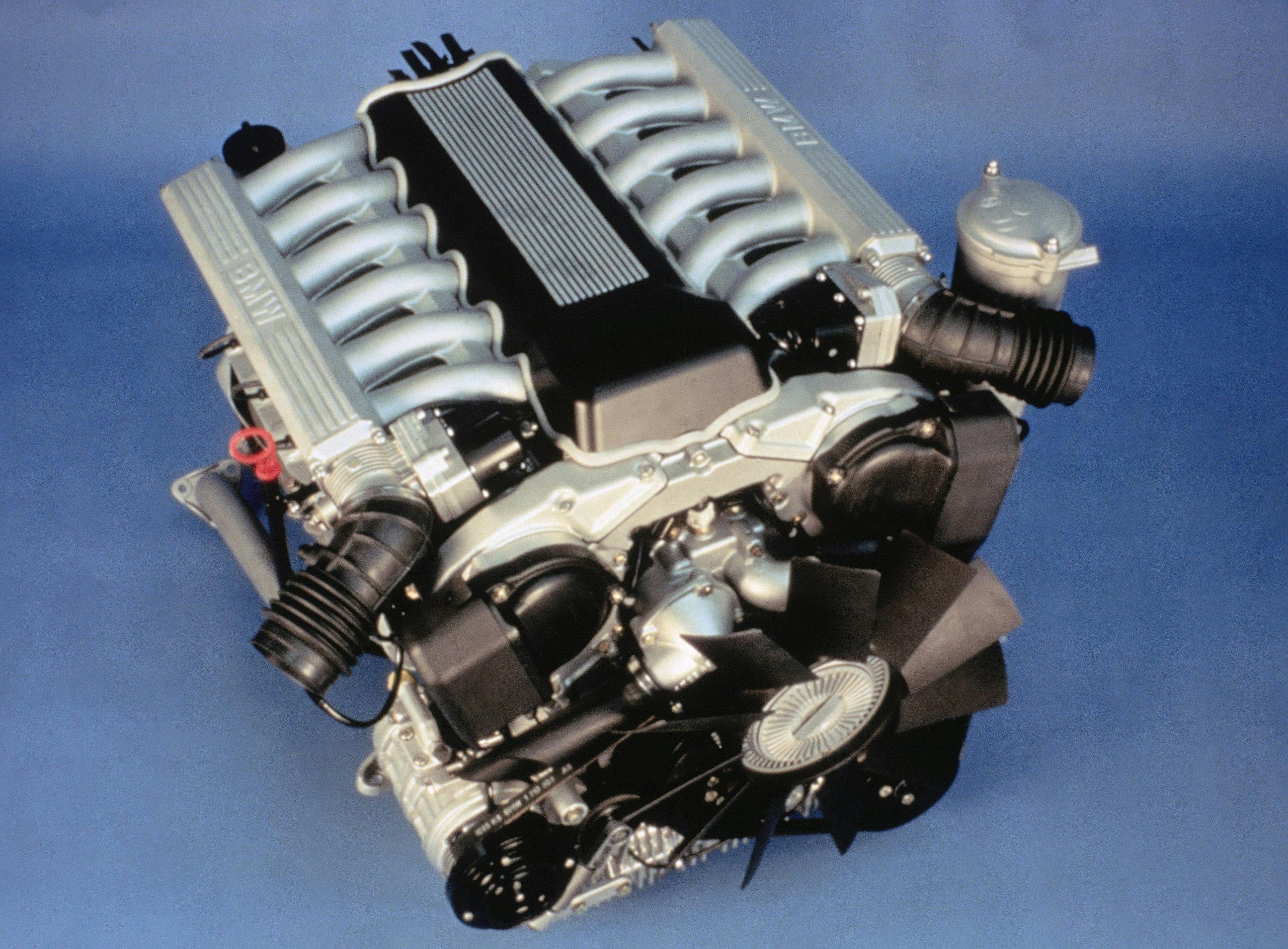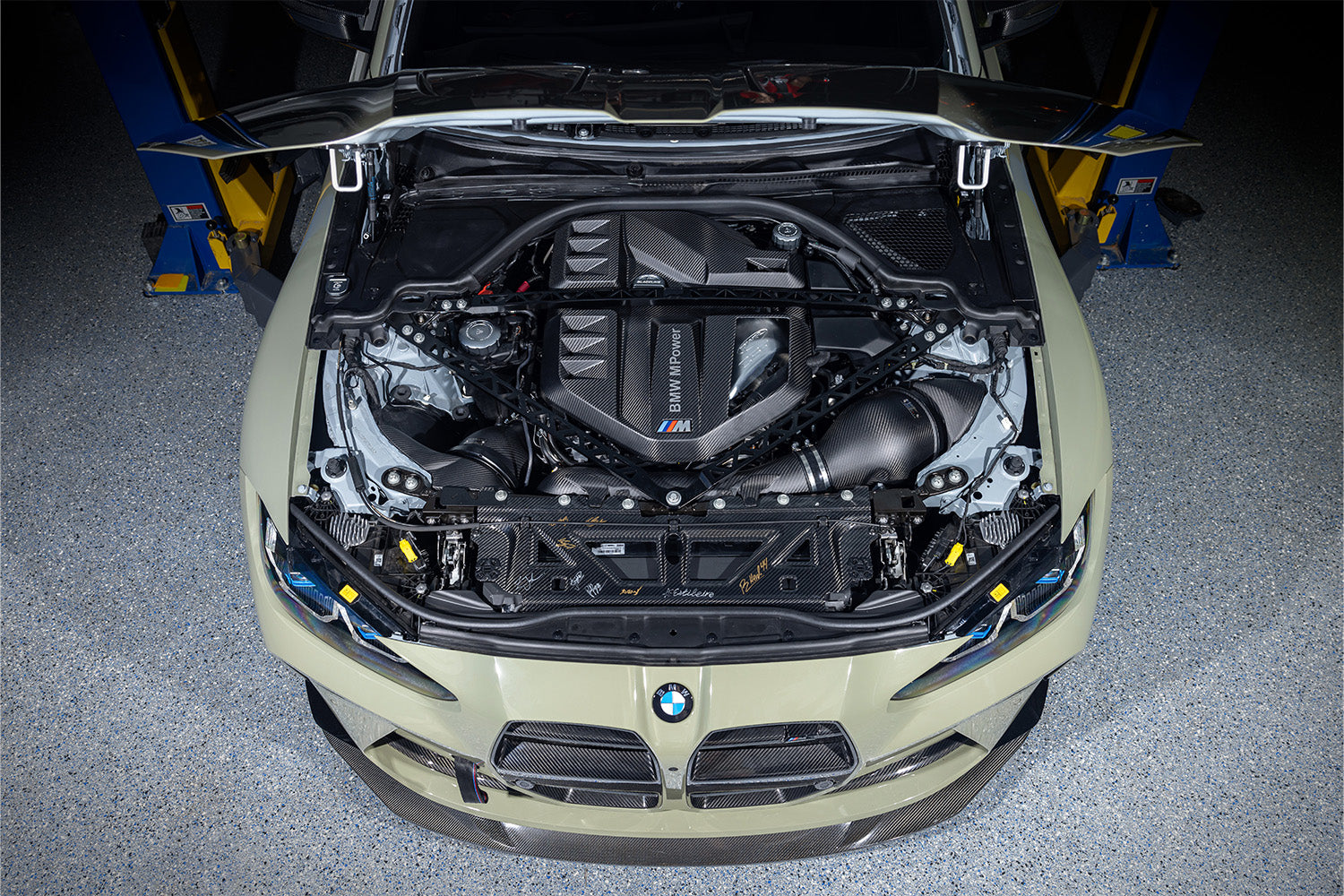Revealing the Tricks Behind the Power of the BMW Engine
Wiki Article
Checking Out the Development of Combustion Engines in Modern Transportation Systems
As we browse the landscape of contemporary transportation, the advancement of burning engines stands as a testament to human resourcefulness and design expertise. The interaction of background, modern technology, and environmental concerns in forming the trajectory of combustion engines develops a story that is both compelling and informative.Very Early Beginnings of Combustion Engines
Just how did the idea of burning engines first arise in the early stages of transport development? The roots of burning engines can be mapped back to the 17th century when the principles of interior burning were first checked out.The development moment featured the innovation of the very first effective gasoline-powered engine by Karl Benz in 1885 - bmw engine. This engine paved the method for the advancement of the modern-day vehicle, transforming transport systems worldwide. Succeeding advancements by Nikolaus Otto and Gottlieb Daimler better refined combustion engine innovation, bring about the mass production of vehicles and the fast growth of the transport sector
These very early burning engines were identified by their simpleness and effectiveness, laying the structure for the complicated and powerful engines utilized in modern transportation systems. The evolution of burning engines has actually contributed fit the way we travel and carry items, noting a considerable landmark in the history of transportation development.
Transition to Internal Combustion Technology
The transition to inner combustion technology noted an essential shift in the evolution of transport systems. This shift began in the late 19th century, with developers like Nikolaus Otto and Gottlieb Daimler establishing the very first effective interior burning engines. These engines reinvented transportation by offering an extra effective and powerful choice to heavy steam engines and electric motors.One of the key benefits of interior burning engines was their capability to be scaled down to suit cars, bring about the advancement of bikes and cars. This shift from cumbersome, stationary engines to small, mobile ones paved the method for the modern transport systems we see today.
The transition to interior burning innovation likewise spurred innovations in fuel modern technology, resulting in the growth of gasoline and diesel as main gas sources for lorries. This shift not only made transport more obtainable to the masses but likewise laid the structure for the oil and gas industry to end up being indispensable to worldwide economic situations.
Impact of Combustion Engines on Transportation
The fostering of burning engines in transportation systems catalyzed an extensive change in the efficiency and speed of international mobility. Combustion engines reinvented transport by offering a flexible and trusted resource of power for various automobiles, consisting of cars, ships, planes, and vehicles. This technology significantly enhanced the ability for goods and people to conform fars away in much shorter amount of time, leading to increased connectivity between regions and countries.Moreover, the extensive use combustion engines has had a considerable influence on economic development. The capacity to transport products successfully has stimulated trade and commerce, enabling companies to broaden their markets and get to consumers worldwide. This has facilitated financial development and globalization, as items can now be carried quicker and in bigger amounts than in the past.
However, the ecological influence of burning engines can not be neglected. The combustion of nonrenewable fuel sources has actually caused air pollution and greenhouse gas exhausts, adding to climate change and posturing health visit dangers to populations. bmw engine. Because of this, there is an expanding emphasis on creating alternate propulsion modern technologies to reduce these negative results and produce a more lasting future for transportation
Innovations in Burning Engine Design
One notable innovation is the development of turbocharged engines, which make use of exhaust gases to drive a generator that presses inbound air, enabling for even more gas to be burned, resulting in boosted power output without a considerable rise in engine size. Variable valve timing systems have likewise changed engine layout by maximizing air flow at different engine rates, boosting both power and performance. These advancements collectively contribute to the continual enhancement of combustion engines in modern transport systems.Future Fads in Combustion Engine Development
With modern technology innovations driving constant development, the future of burning other engine advancement is poised to change transportation systems around the world. Among the essential trends in burning engine development is the press towards better effectiveness and reduced exhausts. Makers are investing greatly in r & d to improve engine efficiency while satisfying stringent environmental regulations. This includes the assimilation of sophisticated gas shot systems, improved turbocharging approaches, and making use of light-weight materials to enhance gas consumption and lower carbon emissions.One more noticeable trend is the fostering of crossbreed technologies in combustion engines. Hybrid engines incorporate traditional combustion modern technology with electric power, using boosted gas efficiency and lower discharges. As the vehicle sector changes towards electrification, hybrid combustion engines are seen as a transitional service that links the void in between conventional vehicles and fully electric ones.
Additionally, the combination of clever modern technologies, such as expert system and information analytics, is anticipated to play a substantial duty in the future of burning engine growth. These modern technologies can maximize engine efficiency in real-time, bring about extra reliable burning procedures and improved general lorry efficiency. Welcoming these future fads will certainly not just drive advancement in combustion engine advancement but also add to an extra lasting and eco-friendly transport ecological community.

Verdict
To conclude, the evolution of combustion engines in modern transport systems has actually been noted by substantial advancements in technology and design. From the very early starts of burning engines to the change to interior combustion innovation, these engines have had a profound influence on transportation. Advancements in combustion engine layout remain to drive progression in this area, with future fads focusing on further enhancing performance and lowering discharges. The future of combustion engines in transportation looks appealing as r & read the full info here d efforts continue to push borders.The origins of combustion engines can be mapped back to the 17th century when the principles of inner burning were initial discovered. These engines revolutionized transport by using a more reliable and powerful alternative to heavy steam engines and electric motors.

Report this wiki page